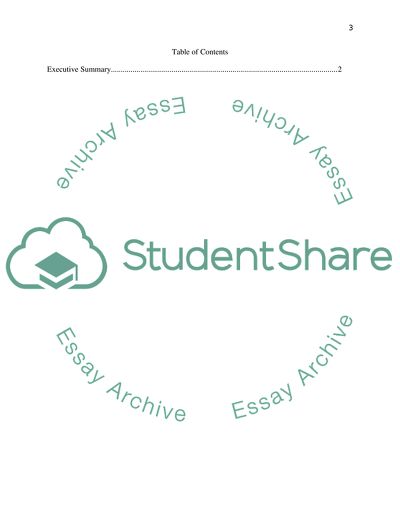Cite this document
(Energy Efficient Windows and Infiltration Coursework Example | Topics and Well Written Essays - 1500 words, n.d.)
Energy Efficient Windows and Infiltration Coursework Example | Topics and Well Written Essays - 1500 words. https://studentshare.org/engineering-and-construction/1873354-energy-efficient-windows-and-infiltration
Energy Efficient Windows and Infiltration Coursework Example | Topics and Well Written Essays - 1500 words. https://studentshare.org/engineering-and-construction/1873354-energy-efficient-windows-and-infiltration
(Energy Efficient Windows and Infiltration Coursework Example | Topics and Well Written Essays - 1500 Words)
Energy Efficient Windows and Infiltration Coursework Example | Topics and Well Written Essays - 1500 Words. https://studentshare.org/engineering-and-construction/1873354-energy-efficient-windows-and-infiltration.
Energy Efficient Windows and Infiltration Coursework Example | Topics and Well Written Essays - 1500 Words. https://studentshare.org/engineering-and-construction/1873354-energy-efficient-windows-and-infiltration.
“Energy Efficient Windows and Infiltration Coursework Example | Topics and Well Written Essays - 1500 Words”. https://studentshare.org/engineering-and-construction/1873354-energy-efficient-windows-and-infiltration.


